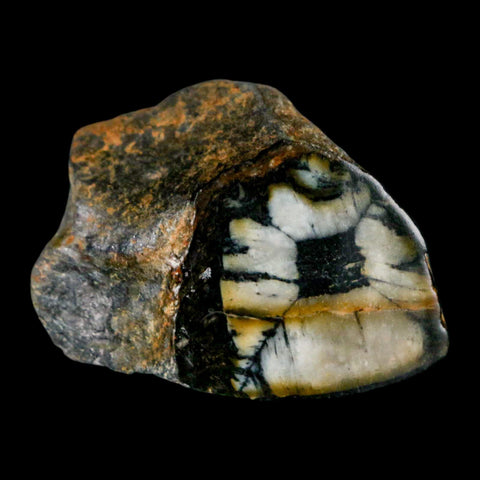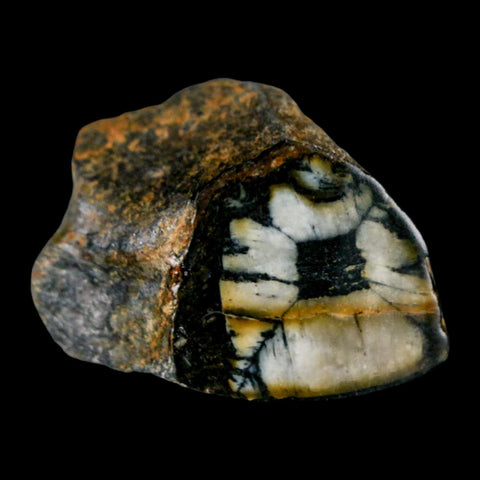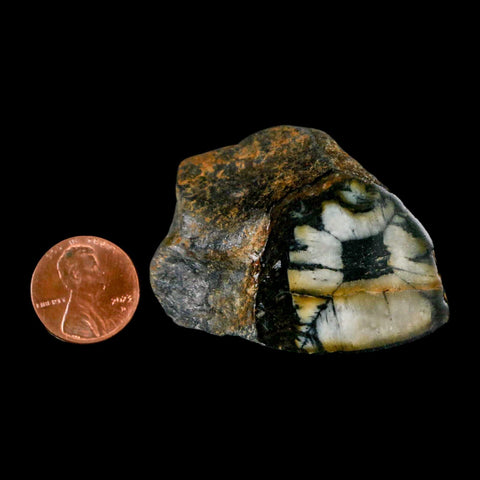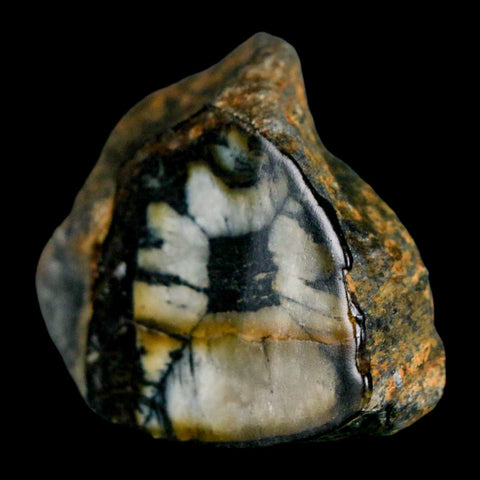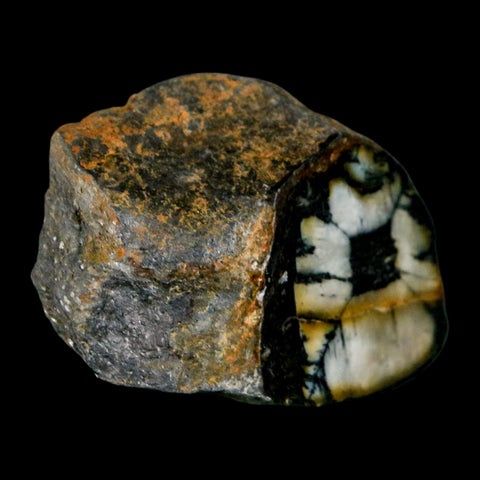2" Rare Andalucite Var Chiastolite Mineral Specimen Asturias Province Boal Spain
Location: Asturias Province, Boal, Spain
Weight: 1.8 Ounces
Dimensions: 2 Inches Long, 1.5 Inches Wide, 0.8 Inches Thick
The item pictured is the one you will receive.
Andalucite is an important mineral in geology and mineralogy, named after Andalusia in southern Spain, where it was first discovered. This aluminum nesosilicate mineral is noted for its unique crystal structure and forms under distinct metamorphic conditions. Its occurrence in Spain, especially in Andalusia, has been key to understanding its geological setting and indicator mineral status. Andalucite is one of three polymorphs of Al2SiO5, alongside kyanite and sillimanite, sharing the same chemical formula but differing in crystal structure, which varies with pressure and temperature. It typically appears in medium-grade metamorphic rocks, signaling specific conditions during rock formation and aiding geologists in studying metamorphic processes.
Andalucite crystallizes within the orthorhombic system, characterized by three mutually perpendicular axes of differing lengths. Its typical crystal habits are prismatic, frequently displaying a square cross-section. The mineral exhibits a diverse color palette, including shades of pink, red, violet, brown, green, and occasionally colorless, variations largely influenced by trace element incorporation within the crystal lattice. A distinguished form of andalucite is chiastolite, recognized by its striking cruciform pattern of dark, carbonaceous inclusions set against the lighter host mineral. This intricate pattern reflects the crystal’s growth dynamics, where impurities preferentially accumulate along particular crystallographic orientations.


